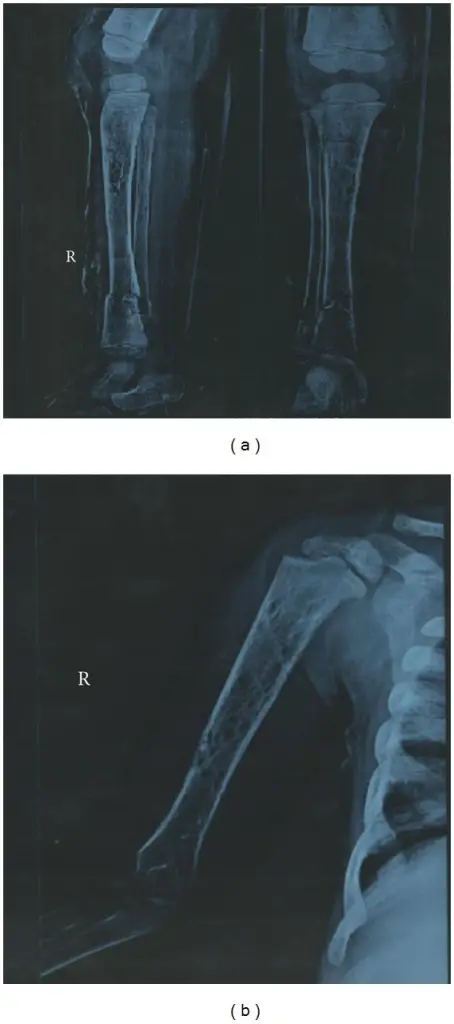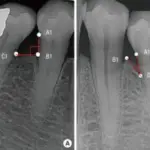Osteoporosis is defined as low bone mineral density caused by altered bone microstructure, ultimately predisposing patients to low-impact, fragility fractures.
What is the Pathology of Osteoporosis?
The pathology of osteoporosis is:
-Etiology: The cause of osteoporosis is dietary factors.
-Genes involved: ESR1, LRP5, SOST, OPG, RANK, and RANKL.
-Pathogenesis: The sequence of events that lead to osteoporosis is an imbalance between bone resorption and bone formation.
-Histology: The histology associated with osteoporosis shows markedly thinned trabeculae, decreased osteon size, and enlarged Haversian canal and marrow spaces.
How does Osteoporosis Present?
Patients with osteoporosis typically affect women between 50-70 years of age. The symptoms, features, and clinical findings associated with osteoporosis show stooped postures, back pain, fragile bone, and fractures.
How is Osteoporosis Diagnosed?
Osteoporosis is diagnosed by conventional radiography and bone mineral density.
How is Osteoporosis Treated?
Osteoporosis is treated by lifestyle modifications along with medications such as calcium and vitamin D supplements.
What is the Prognosis of Osteoporosis?
The prognosis of osteoporosis is good if bone loss is detected in the early phases and proper intervention is undertaken.


